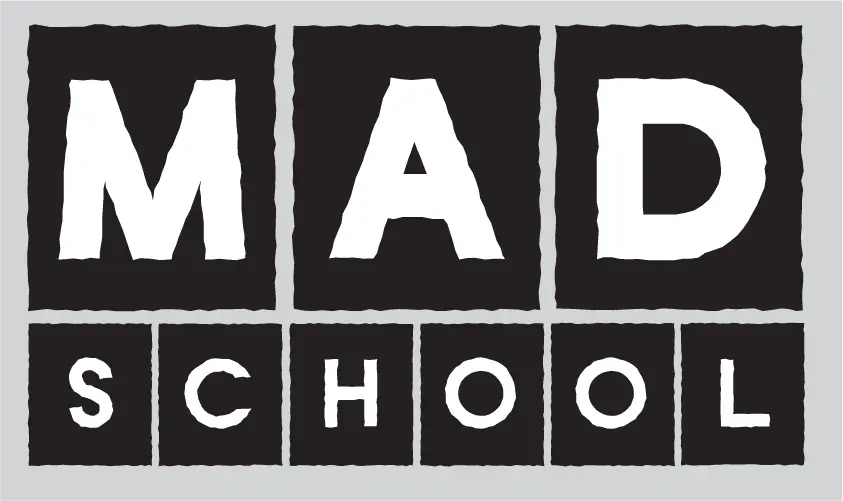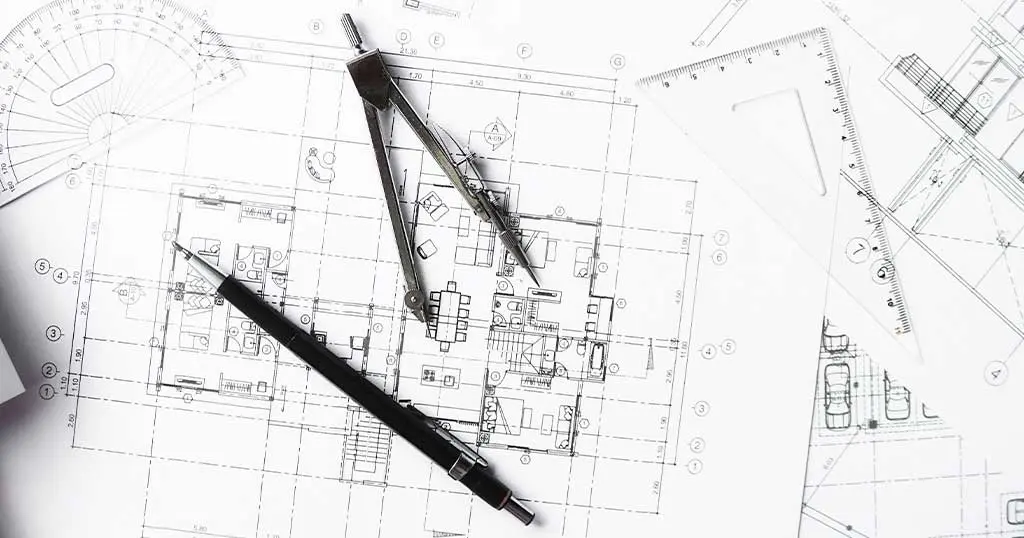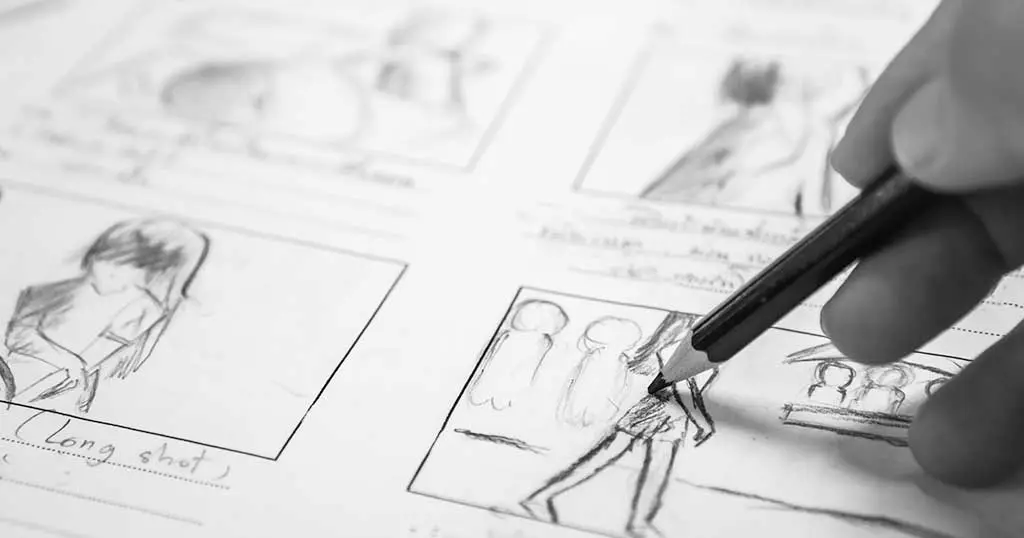The field of user experience (UX) design has come a long way since its inception. From the early days of computing to the modern digital age, UI/UX design has evolved to shape the way we interact with technology. In this comprehensive guide, we will take you on a journey through time, exploring the history, career opportunities, and education options in the field of UI/UX design.
Beginnings: From Bell Labs to Apple
The roots of UI/UX design can be traced back to the 1940s when Bell Labs (one of the pioneers in the field) started focusing on human-centered design for interactive systems. These early efforts of Bell Labs led to the development of the touchtone keypad and it is still in use today!
History of UI/UX Design
Knowing the history of UI/UX design can help you understand how did this all began. If you are a fresher or just curious to know about this field then getting into the roots will help you think from a different perspective.
Here are some of the facts that are related to the history of UI/UX. This will help you understand the field of design and how it all began.
- UI/UX is a term recently coined by Don Norman in 1993. But you will be intrigued to know that the practice of this can be dated back to 6000 years by the Chinese. Feng Shui refers to UI/UX as the spatial arrangements of objects in relation to the flow of energy. The same was practiced in India which is called Vasthu.
- A practice similar can also be dated back to Ancient Greece in 500 BC where they had designed their tools and workplaces based on Ergonomic principles. Fast-forward to the early 1900s, intensive research was done by Mr Fredrick Winslow related to the interactions between workers and tools.
- In 1940, Toyota’s production place was a human-centered production system, in order to create optimal working conditions.
- Another key figure in the field of user experience is Mr. Henry Dreyfuss. An industrial engineer renowned for designing and improving the usability of consumer products.
- Walt Disney, Xerox, and Apple are some of the early practitioners of UI/UX in its early formats and finally, Don Norman decided to encompass all the experiences and usability under two simple terms called UI/UX.
Here are some of the key moments in the history of UX design:
- 1940s: The first user experience studies were conducted by cognitive scientists.
- 1960s: The term "user-centered design" was coined by Donald Norman.
- 1970s: The Xerox PARC research center developed the first graphical user interface (GUI).
- 1980s: The Macintosh computer was released, popularizing the GUI.
- 1990s: The internet and the World Wide Web emerged, creating a new need for UX design.
- 2000s: The rise of mobile devices and social media further drives the demand for UX design.
- 2010s: The growth of artificial intelligence and machine learning is expected to have a major impact on UX design.
What is UI/UX?
UI stands for User Interface. In simple words, the buttons, icons, and other visual elements present on the screen that you use to interact on your mobile phone, website, or application is the user interface or as the name suggests “user’s interface”.
UX refers to User Experience. This is nothing but the entire experience of interactions you have has using the product which can be a website or an application.
For example, you have downloaded a dating app, but the application has unclear buttons for navigation and the application is making it difficult for you to understand the interface. This can be a frustrating experience. But imagine the same dating app with clear instructions on buttons and you are able to get a date in just a click. That is an amazing experience for the user who is using it.
Let’s understand the fundamentals a little better.
Fundamentals of UI Design
UI design focuses on creating visually appealing and user-friendly interfaces. Design principles such as visual hierarchy, consistency, typography, color theory, and responsive design play an important role in UI design.
Fundamentals of UX Design
UX design delves into understanding user behavior and enhancing user satisfaction. User research, creating user personas, information architecture, and usability testing are essential aspects of UX design.
The UI/UX Design Process
The UI/UX design process is an iterative journey that involves several stages, from gathering requirements to delivering the final design. Effective communication with stakeholders, ideation, and brainstorming, sketching and conceptualizing designs, design iteration, and usability testing are integral parts of the design process.
Roles and Responsibilities of a UI/UX Designer
Both UI and UX designers play a key role in the product development life cycle. However, the tasks that are carried out by both UI and UX designers are different.
The UX designer’s role focuses primarily on the experience the end-user has with the product. There is a specific goal and an objective to make products functional, accessible, and enjoyable to use.
Tasks that are carried out by a UX designer:
- Conducting user research (goals, needs, behaviors, problem identification in product usage, etc.)
- Creating user persona on target customers
- Making journey maps in analyzing customer–product interactions
- Creating wireframes and prototypes in order to create the feel and look of the product
- Testing to rectify design decisions & problem identification
- Working along with stakeholders, UI designers, & developers
Tasks that are carried out by a UI designer:
UI Designer create graphical representations of mobile apps, websites, & devices.
- Choosing: Colour patterns & fonts
- Page layouts
- Creating High fidelity wireframes for the final design of the product
- Designing interactive elements: Scrolls, buttons, drop-down menus, text fields, etc
- Collaborating with developers in converting designs to a working product
Industries that make use of UI/UX
UI/UX design & development are applicable to almost all industries & not limited to technology alone. Yes, the consumption of design & development is largely aligned with the technology sector.
Let’s look at some of the industries and their application of this usage of design,
- Software development companies
- Tech start-ups
- IT services
- E-commerce
- Online retail platforms
- Marketplaces
- Digital storefronts
- Mobile applications & Websites
- Web site bases tools & services
- IOT (Internet of Things)
- Virtual and augmented reality experiences
Careers in the field of UI/UX (Job Titles and Average Salaries)
UX Designer
UX Designer understands the end users' mindset and design according to their needs. Their only objective is to enhance user experience in consideration of their emotions and attitudes in using a product.
Roles and responsibilities include
- User & competitor research, interview users to understand their needs and wants
- Creating product prototypes and testing the products.
Average Salary: Rs 9 lakh- 14 lakh (per annum)
UI Designer
UI Designer is responsible for the interface of the application and websites. This is the point where the user and product interact. Here interface refers to the touch screen, keyboard, mouse, on/off buttons, icons, etc.
Roles and responsibilities include
- Site/app Navigation building
- Prototyping UI
- User testing
- System flow understanding
- Installation of system shortcuts
- Translation of UX design instructions by choosing the right screen elements
Average Salary: Rs 4 lakhs - Rs 14 Lakhs (per annum)
Visual Designer
A Visual Designer focuses on the aesthetics and the visual experience of the application and website. They focus on areas such as typography, colour, graphics, layout, and visual effects.
Roles and responsibilities include
- Create user interaction prototypes
- Analysing user-product interaction
- Creation of elements like drag, drop, swipe, click, etc
Average Salary: Rs 3 lakhs – 22 lakhs per annum
Motion Designer
A Motion Designer is responsible for the animation. Motion designers are concerned with dynamic experiences and they create animated effects when interacting with a screen.
Roles and responsibilities include
- Testing: Animations, smooth rendering, and performance
- Creating: Moving elements, Animations, Motion graphics
- Building: Motion prototypes
Average Salary: Rs 4 lakh – 7 lakh (per annum)
UX Researcher
The role of a UX Researcher is to understand the complete needs and wants of the end user. The role involves research that helps gain useful insights into the customer's mind space and presenting the conclusions to the design team which helps them make informed decisions in the areas of feel and look factor in a product.
Roles and responsibilities include
- Create a user journey/usability test
- Preform Competitor analysis
- Conduct User interviews/research/surveys/questioners
Average Salary: Rs 10 lakhs (per annum)
Companies that Hire UI/UX Designers
Some of the companies that hire UI/UX designers include
- Tata Consultancy Services
- Accenture
- Cognizant Technology Solutions
- IBM
- Microsoft
- Capgemini
- Deloitte
- Amazon
- Oracle
Qualification to become a UI/UX Designer
One definitely needs formal training to become qualified as a UI/UX designer. Several options are available to build the skill including courses that range from 6 months to a formal degree of specialization that lasts up to 2 or 4 years. The advantage of a degree or masters after your 12th stands a better chance of you ending up being qualified for a good organization to work with that guarantees your career growth as well.
Some of the colleges that offer UG/PG in UI/UX include
- INDIAN INSTITUTE OF TECHNOLOGY
- NATIONAL INSTITUTE OF DESIGN
- MIT, PUNE
- ATLAS SKILL UNIVERSITY
- WORLD UNIVERSITY OF DESIGN
- STRATE SCHOOL OF DESIGN
- SYMBIOSIS INSTITUTE OF DESIGN STUDIES AND MANAGEMENT
- SRISHTI SCHOOL OF DESIGN
Scope of UI/UX: Future & Beyond
There are an estimated 7.1 billion Mobile phone users in the world with a 15 % rise year on year. The number is projected to reach 7.49 billion by 2024. There are approximately 1980,000,000 websites with 252,000 new ones added every day. The global internet user base stands at 5.3 billion with India as the second largest after China with 692 million. The $ Market for UIUX is pegged at 6120.64 Million & projected to reach $ 20 Million by 2028 @ 16%.
The field of UI/UX design is expected to continue growing at an exponential rate. More companies are recognizing the importance of UX and investing in UX teams. The demand for skilled UI/UX designers is on the rise, creating numerous career opportunities in various industries. As technology advances, UI/UX designers will play a crucial role in shaping the way we interact with the digital world.
MAD School: Design Coaching Center at Hyderabad and Chennai
MAD School offers several coaching courses that prepare a student for UI/UX career. We are also one of the leading coaching centers in India for competitive design examinations like NID, NIFT & UCEED/CEED for IIT. Coaching also includes preparations for several design universities abroad that include portfolio & personal interviews.
Classes operate in a hybrid mode with student intake throughout the year. We promise not a big splash but gradual progress with strong emphasis laid on understanding the foundations and concepts in an interactive manner. The faculty bunch is some of the best in the lot with always an attitude of being ready to help.
The study materials that are a highlight remain true to this day with original content developed and updated by our team periodically. Classes are 100 percent interactive in nature with a promise of facilitation till the time you internalize the concepts. Courses offered include long-term, short term. & repeaters batch and intervention classes.
For more detail please visit www.madschool.in




